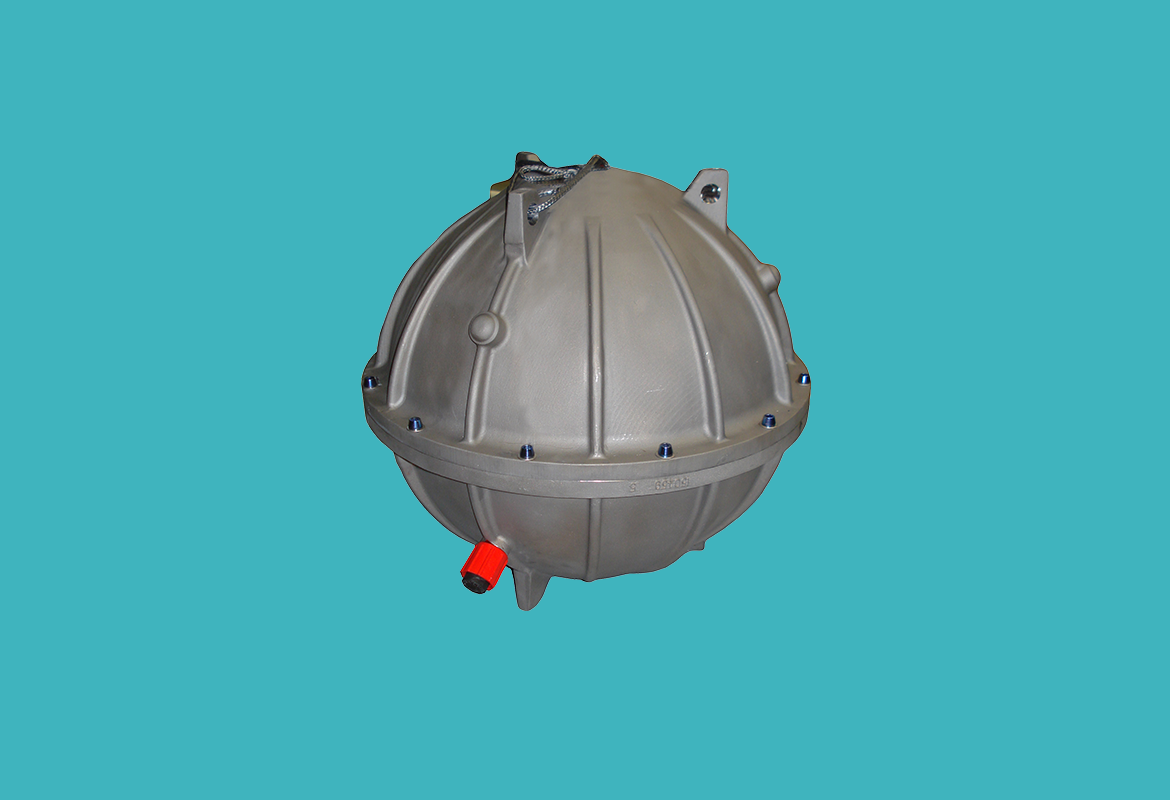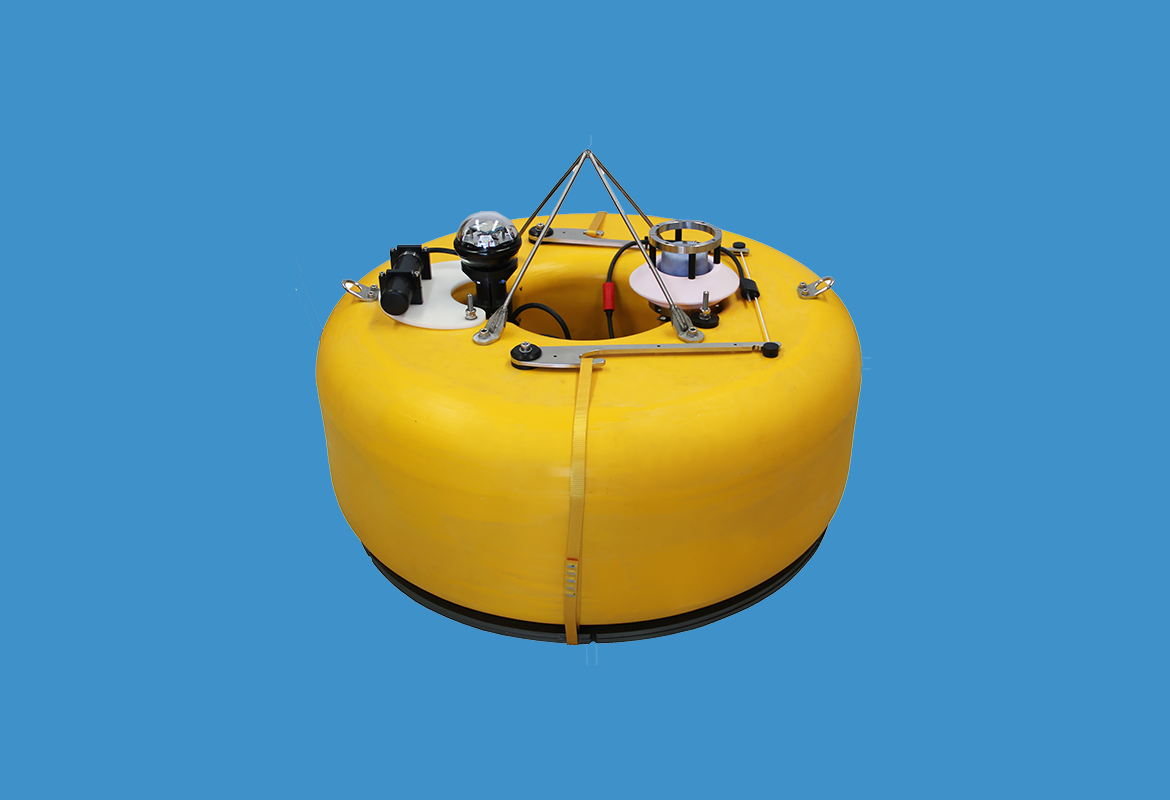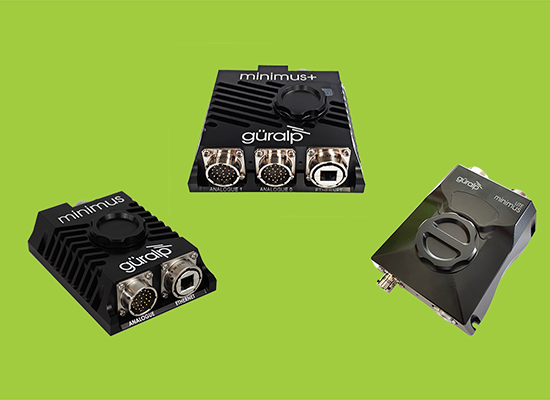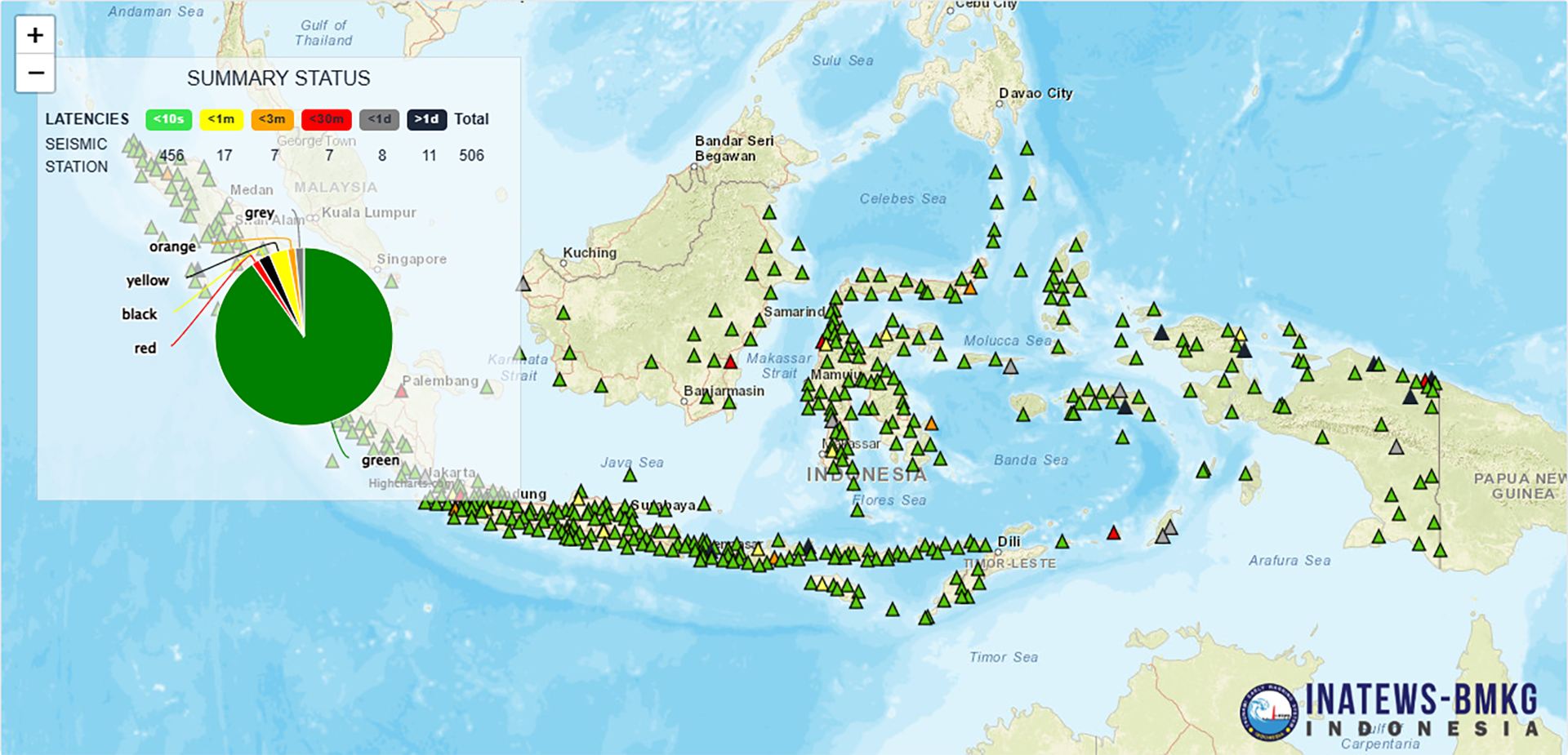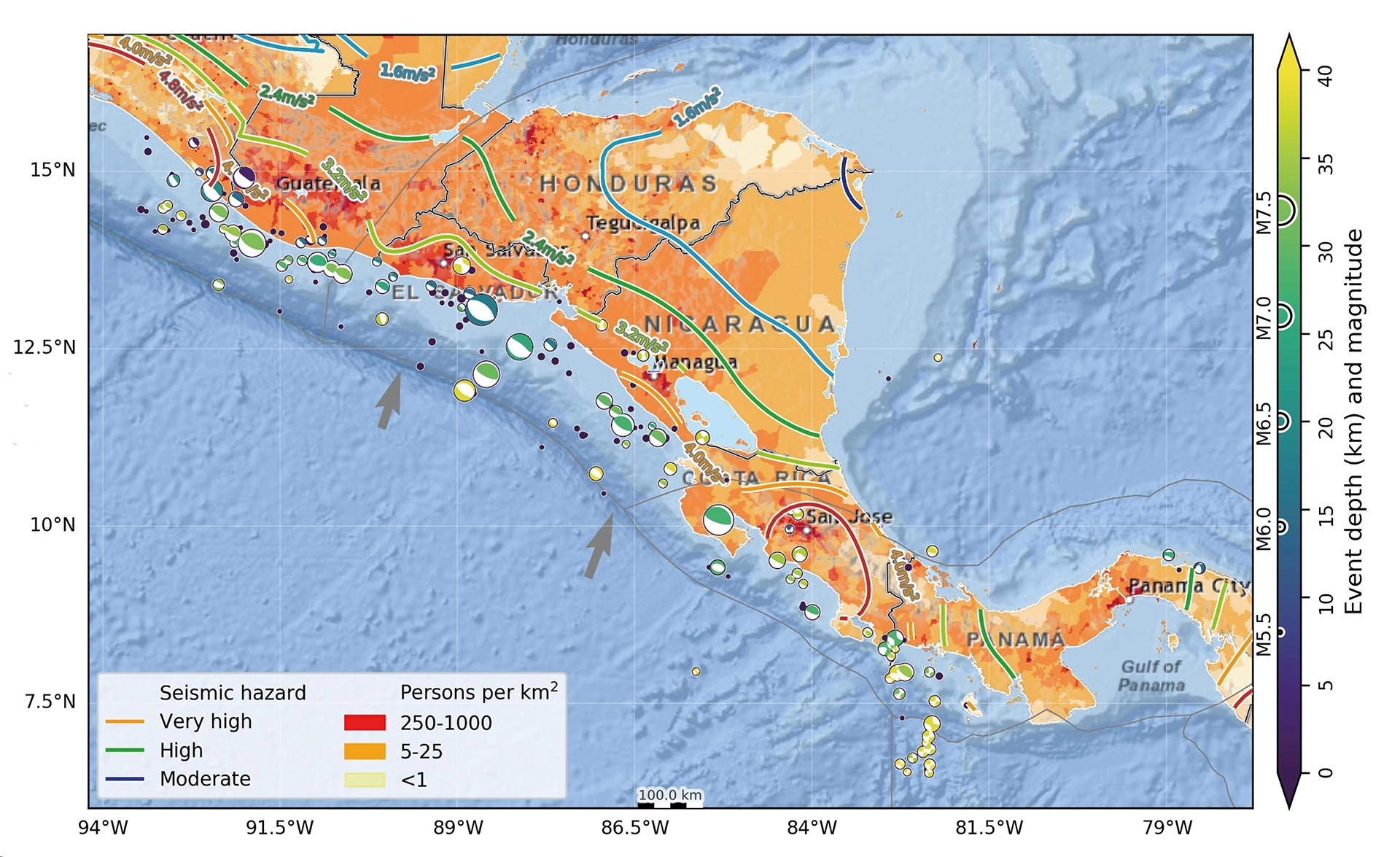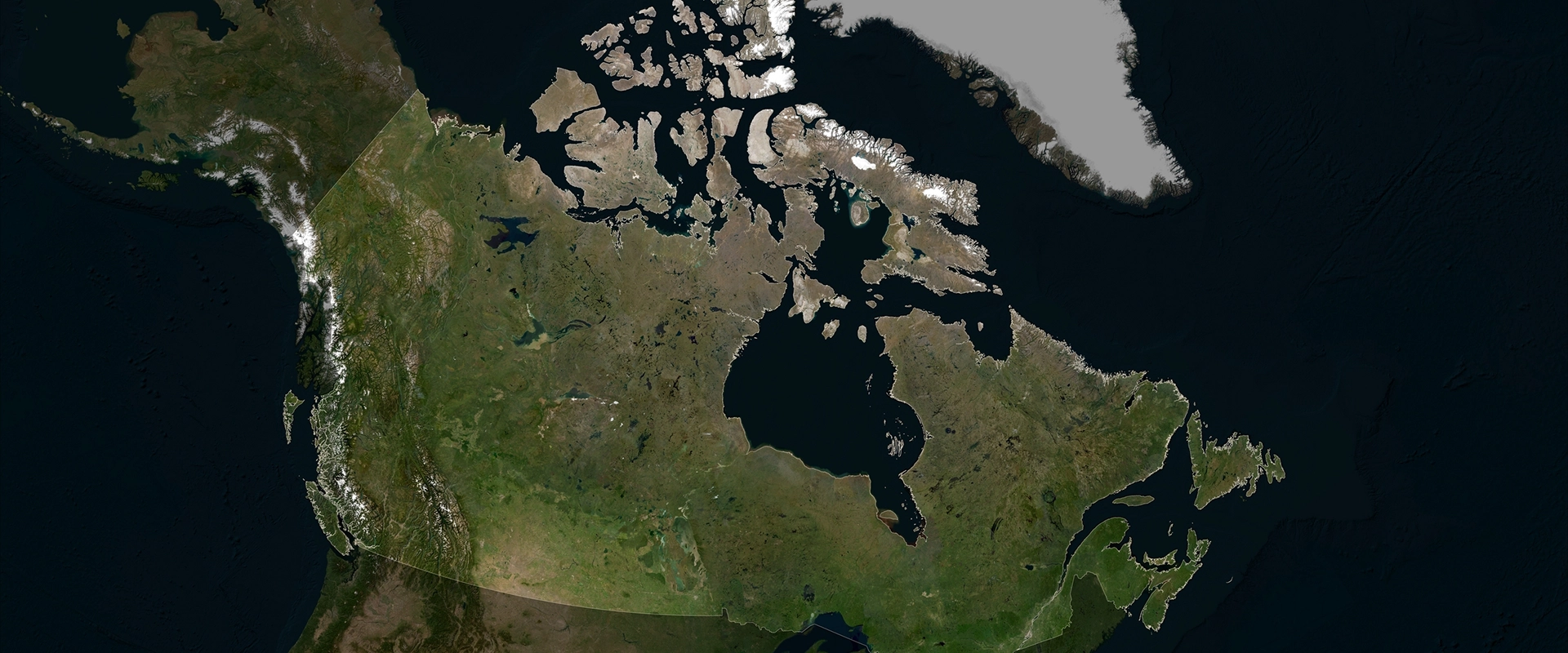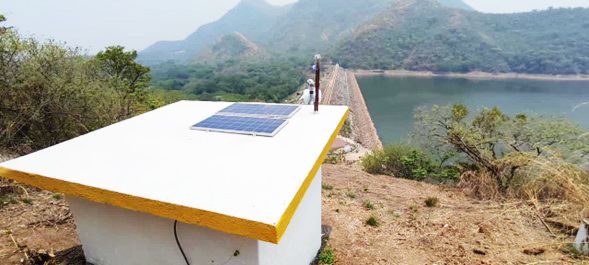EARTHQUAKE EARLY WARNING

Earthquake Early Warning systems work by identifying the fast-moving P-wave that is released when an earthquake occurs. The non-destructive P-wave arrives anything up to around 90 seconds earlier than the secondary waves (S-waves) that are responsible for the destructive effect of the earthquake. Early warning monitoring systems are designed to recognise P-waves as soon as they arrive and then use the very small window before the S-waves arrive to raise alerts and/or trigger automated shut-down procedures.
Due to the incredibly short intervals between P-wave and S-wave arrivals, especially near the epicentre, the most critical aspect of an early warning system is the speed at which it can receive and process the P-wave signal and then transmit the data to a control centre or alert system.
We have developed sophisticated digitisers, capable of delivering the low-latency data-processing and transmission required for effective early warning systems.
Due to the incredibly short intervals between P-wave and S-wave arrivals, especially near the epicentre, the most critical aspect of an early warning system is the speed at which it can receive and process the P-wave signal and then transmit the data to a control centre or alert system.
We have developed sophisticated digitisers, capable of delivering the low-latency data-processing and transmission required for effective early warning systems.



